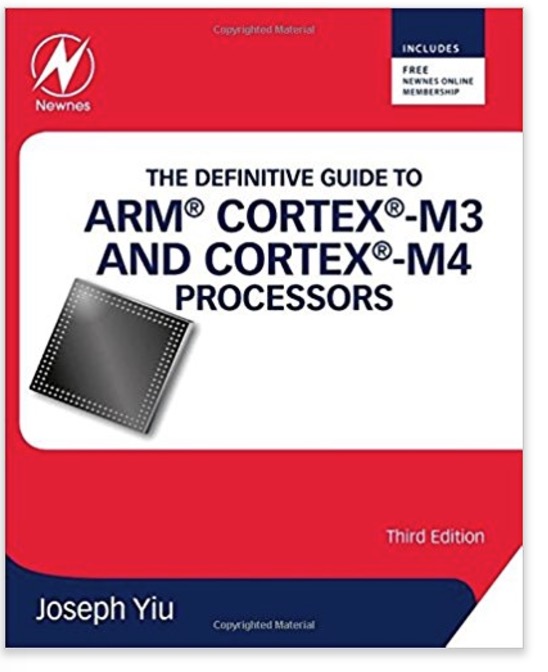Recent Posts
ARM Cortex-M4F Microcontroller With CAN-FD (Flexible Data Rate) Ports
Posted by on
The SAM D5x and SAM E5x microcontroller (MCU) families are available from Microchip Technology. These 32-bit MCU families offer connectivity interfaces, performance and hardware-based security for a variety of applications.
E5X Device Options:
E51 (2 X CAN-FD)
E53 (Ethernet MAC)
E54 (2 X CAN-FD and Ethernet MAC)
The SAM D5/E5 microcontrollers combine the performance of an ARM Cortex-M4 processor with a Floating Point Unit (FPU). This combination offloads the Central Processing Unit (CPU), increasing system efficiency and enabling process-intensive applications on a low-power platform. Running at up to 120 MHz, the D5x and E5x MCUs feature up to 1 MB of dual-panel Flash with Error Correction Code (ECC), easily enabling live updates with no interruption to the running system. Additionally, these families are available with up to 256 KB of SRAM with ECC, vital to mission-critical applications such as medical devices or server systems.
These MCUs have multiple interfaces in order to provide design flexibility for demanding connectivity needs. Both families include a Quad Serial Peripheral Interface (QSPI) with an Execute in Place (XIP) feature. This allows the system to use serial Flash memories. The SAM D5/E5 devices also feature a Secure Digital Host Controller (SDHC) for data logging, a Peripheral Touch Controller (PTC) for capacitive touch capabilities and best-in-class active power performance (65 uA/MHz) for applications requiring power efficiency. Additionally, the SAM E5 family includes two CAN-FD ports and a 10/100 Mbps Ethernet Media Access Controller (MAC) with IEEE 1588 support, making it suited for industrial automation, connected home and other Internet of Things (IoT) applications.
Both the SAM D5x and E5x families contain comprehensive cryptographic hardware and software support, enabling developers to incorporate security measures at a design’s inception. Hardware-based security features include a Public Key Cryptographic Controller (PUKCC) supporting Elliptic Curve Cryptography (ECC) and RSA schemes as well as an Advanced Encryption Standard (AES) cipher and Secure Hash Algorithms (SHA).
The SAM E54 Xplained Pro Evaluation Kit is available to kick-start development. The kit incorporates an on-board debugger, as well as additional peripherals, to further ease the design process. All SAM D5x/E5x MCUs are supported by the Atmel Studio 7 Integrated Development Environment (IDE) as well as Atmel START, a free online tool to configure peripherals and software that accelerates development.
- Download/View the Microchip SAM D5x/E5x Family data sheet (PDF)...
- More Information...
This new edition has been fully revised and updated to include extensive information on the ARM Cortex-M4 processor, providing a complete up-to-date guide to both Cortex-M3 and Cortex-M4 processors, and which enables migration from various processor architectures to the exciting world of the Cortex-M3 and M4.
This book presents the background of the ARM architecture and outlines the features of the processors such as the instruction set, interrupt-handling and also demonstrates how to program and utilize the advanced features available such as the Memory Protection Unit (MPU).
Chapters on getting started with IAR, Keil, gcc and CooCox CoIDE tools help beginners develop program codes. Coverage also includes the important areas of software development such as using the low power features, handling information input/output, mixed language projects with assembly and C, and other advanced topics.
- Two new chapters on DSP features and CMSIS-DSP software libraries, covering DSP fundamentals and how to write DSP software for the Cortex-M4 processor, including examples of using the CMSIS-DSP library, as well as useful information about the DSP capability of the Cortex-M4 processor
- A new chapter on the Cortex-M4 floating point unit and how to use it
- A new chapter on using embedded OS (based on CMSIS-RTOS), as well as details of processor features to support OS operations
- Various debugging techniques as well as a troubleshooting guide in the appendix
- topics on software porting from other architectures
- A full range of easy-to-understand examples, diagrams and quick reference appendices
 Loading... Please wait...
Loading... Please wait...


